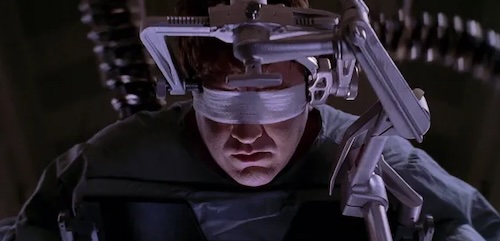
It's easy to forget what a seismic impact Sam Raimi's first Spider-Man film exerted on cinema. Released in 2002, it was the wall-crawler's live-action debut (again, this is remarkable given the preponderance of Spider-Man films we've had since then) and made a bonafide A-list star of character actor Tobey Maguire in the title role.
Buoyed by Maguire's likeability, Raimi's typically kinetic camerawork and a gleefully cackling Willem Dafoe as Spidey's nemesis the Green Goblin, Spider-Man blew the roof off everyone's expectations. It grossed more than $800 million worldwide and in the process awakened studio executives to the lucrative potential of comic book movies.
There were precedents: Bryan Singer's first X-Men movie had been released in 2000 and injected bracingly serious overtones of racism and eugenics into its outlandish mutants vs humans conceit. Two years before that, Blade (1998) staked its claim to being the most violent comic book film of its time, securing Wesley Snipes' immortality as the leather-clad half-human/half-vampire 'daywalker'.
Even so, it was Raimi's Spider-Man that sent the comic book movie genre into the stratosphere, its fiscal success above and beyond genre milestones like Tim Burton's Batman (1989) and Richard Donner's Superman (1978). From this, we got two more Raimi Spider-Man films, followed by a reboot series starring Andrew Garfield and the Marvel Cinematic Universe iteration starring Tom Holland.
It's hard to deny that Spider-Man's immediate sequel, Spider-Man 2 (2004), stands apart as the best of them and indeed as one of the best comic book films of all time. Raimi builds on the latent potential of the first movie and imbues it with more confidence, deploying sleeker, more convincing CGI in the aerial sequences, a smoother blend of disparate subplots, and, crucially, a more memorable villain.
At the outset of Spider-Man 2, Maguire's puppyish Peter Parker/Spider-Man is having a crisis. Moonlighting as a pizza boy on his familiar New York streets, he fears that his Spidey sense is failing him. This is exacerbated further when his putative love interest Mary-Jane Watson (Kirsten Dunst), the relationship with whom Peter sacrificed over fear of reprisals, takes up with another man.
Even more significantly Peter bears witness to a tragic accident involving his scientific mentor Otto Octavius (Alfred Molina). The mercurial scientist has developed plans for a fusion reactor that, in his words, places "the power of the sun in the palm of my hand". Needless to say, the experiment goes wrong and, despite Spider-Man's intervention, Otto's wife dies horribly and he ends up with four mechanical limbs grafted to his body. Meanwhile, the inhibitor chip that controls the arms is also destroyed in the process.
This gives rise to the most quintessentially Raimi sequence in the director's Spider-Man trilogy, one that temporarily but palpably tips the entire movie into hair-raising new horror movie territory. The presence of Octavius' scientifically mangled (or enhanced, depending on one's point of view) body already carries body horror overtones a la Tetsuo: The Iron Man (1988) before the film's infamous, childhood-scarring hospital sequence.
While the hospital staff attempt to resuscitate and save Otto Octavius, the mechanical tentacles, now absent the limiting impact of the man's consciousness via the inhibitor chip, spring to life of their own volition and violently slaughter everyone in sight. Upon waking up, and cued by the excellent spotting in Danny Elfman's moody score, Octavius embraces his new destiny as master criminal Doctor Octopus (as J.K. Simmons' newspaper editor J. Jonah Jameson observes: "A guy named Otto Octavius ends up with eight limbs. What are the odds?")
It's a brilliant blitzkrieg of impactful terror that many will remember from their first viewing of the film as coming out of nowhere. For long-time Raimi fans, and one assumes this inclines toward older viewers, it's a grin-inducing sequence filled with point-of-view shots from non-human objects, crash zooms, gliding aerial shots, extreme close-ups of screaming mouths, knowing shots of spinning chainsaws and rapid, impactful cutting that signifies fleshy brutality without a single drop of blood being visible.
In other words, it reconnects genre fans with Raimi's singular horror heritage from the Evil Dead trilogy, which ranged from 1981 to 1992. In addition to its mixture of rampant gore and morbid dark comedy, the infamous series was famed for its DIY approach to filmmaking including a camera lashed to a piece of 2x4 wielded by Raimi as he sprinted through the film's foggy forest setting.
One can see these aesthetics translating in Spider-Man 2's hospital sequence and one can sense Raimi's smile of delight behind the camera as he orchestrates the chaos while just about staying within the parameters of a family-friendly film certificate. (Thanks to a couple of edits that were later reinstated in Spider-Man 2.1 DVD cut, the movie was released in the UK with a PG certificate, although that has since been revised to a 12A and given the level of destruction on display, it's easy to see why.)
A filmmaker rarely gets to honour their low-budget cinematic roots within the context of a big-budget studio blockbuster, and it's even rarer when they're able to get away with it to this extent. The sequence helps lift Spider-Man 2 beyond generic comic book fare to remind us that a genuine albeit controversial auteur is behind the camera. That's not to say that Raimi's influence isn't writ large over the rest of the film. The action sequences are superbly helmed, including a fabulous, nail-biting Spider-Man/Doc Ock train fight sequence replete with nimble, CG-assisted camerawork that lunges and darts around as fast as the villain's arms.
That said, the hospital sequence sees Raimi at his most unfettered and compromising. It reminds us of what comic book films are capable of when they're willing to take risks, even if it's just for five minutes. All of a sudden, the mechanics of blockbuster filmmaking are transfigured: the scene introduced a whole generation to a genre of horror that they likely hadn't experienced before, in the process tapping into cinema's ability to terrify with the power of suggestion (again, virtually all of the deaths in the scene are off-screen, barring the unfortunate surgeon who is electrocuted in the overhead light).
So many genre movies, particularly in the big-budget blockbuster realm, look like they're made by committee. One cannot distinguish a directorial style from one noisy effort to another. But you can't mistake the first three Spider-Man films as having been directed by anyone other than Sam Raimi, and this holds true, especially with the hospital sequence.
It proves not only that directors can get away with these flights of fancy, but reminds us that it ought to happen more often. Audiences will go along for the ride, even if they're horrified in the moment because the scene isn't gratuitous. Instead, it's a key building block in establishing Alfred Molina's imposing presence as the main antagonist, which in turn charges the rest of the film with a palpable sense of energy.
With Raimi using all the tools at his disposal to imbue more physical heft and menace onto the villain, the rest of the film soars as a result. One must credit Molina's excellent performance as well: Doc Ock's character arc is sufficiently well-sketched that we get a profound sense of a good man undone by his hubris, resulting in a murderous second life that doesn't sit all too easily with him.
Unlike Willem Dafoe's Green Goblin who relishes his sense of evil (particularly in the Tom Holland-centric Spider-Man: No Way Home, released in 2021), Doc Ock is motivated by the memories of his late wife and exists at an intriguing halfway point between conscious human impulse and self-sufficient technology that can destroy at will.
Raimi did later translate these diabolical impulses into the Marvel Cinematic Universe film Doctor Strange in the Multiverse of Madness (2022) including the horrid destruction of the Illuminati faction and a music fight in which the participants throw literal notation at one another. But he never really topped his work on Spider-Man 2.
So much can be gained when a filmmaker is allowed to tap into their residual eccentricities – after all, why were they hired by a major studio in the first place? This is the compromise that so many large-scale movies have to make: the filmmaker's personality is sought to an extent but is so often tamped down and compromised so as not to alienate a mainstream audience.
As with James Mangold's Logan (2017), which recontextualized Hugh Jackman's Wolverine in a violent neo-Western setting, there's no obvious sense of any directorial compromise in Spider-Man 2. That makes it a joyous albeit frightening thing to watch.
Spider-Man live-action season is running at Cineworld throughout August and September, and Spider-Man 2 is now on release. Click the link below to book your tickets.
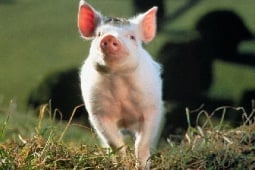
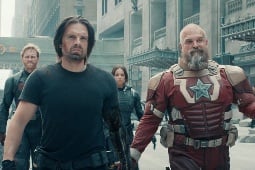


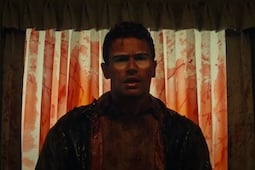


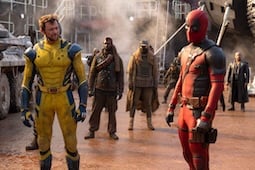
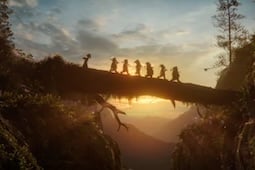
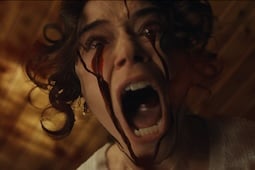




.jpg)
.png)






